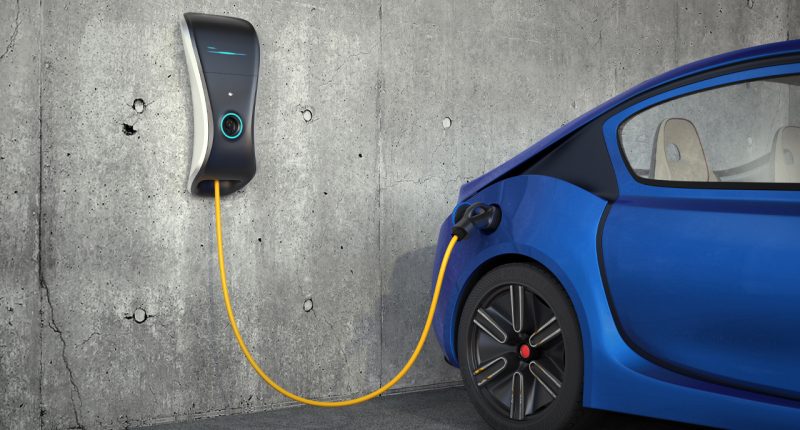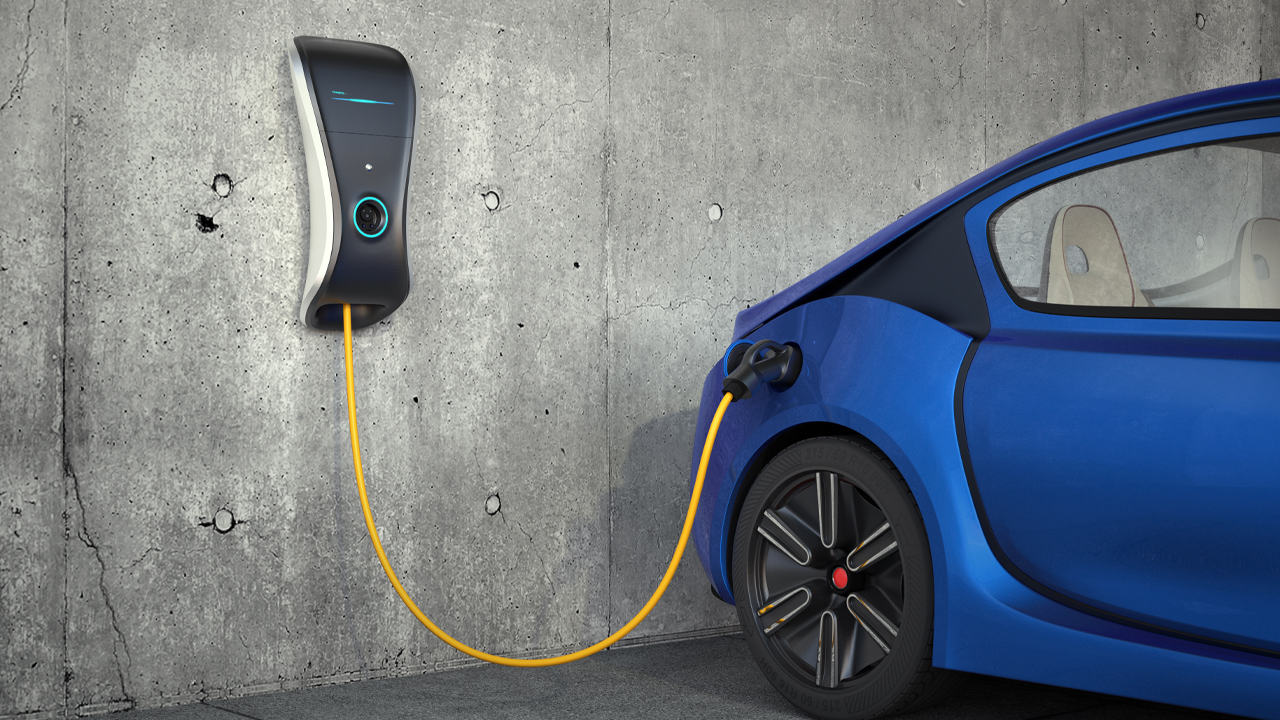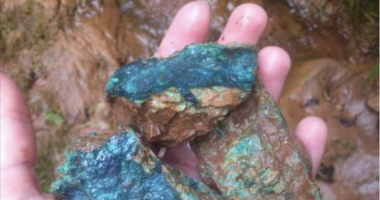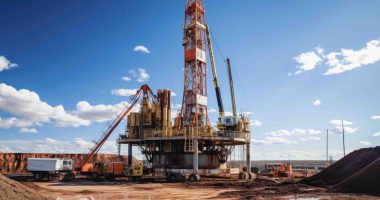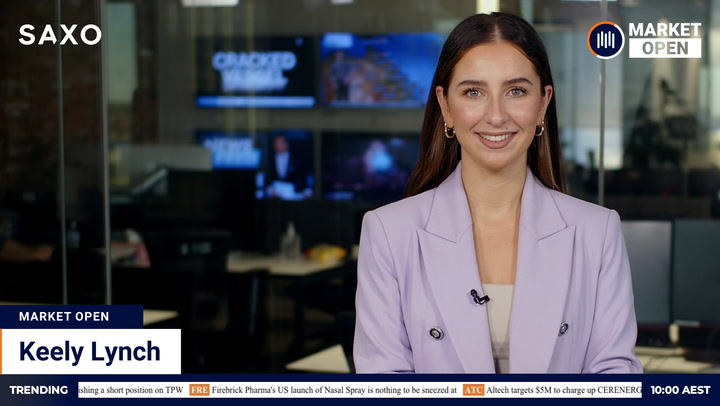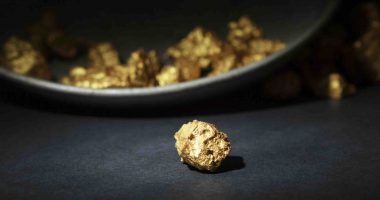Nickel enjoyed a substantial hay day before the GFC in 2008, and, like many base metals, took a massive hit when the lucrative WA mining boom went bust.
Ever since forecasters have been holding out for the day nickel makes a comeback. Many believed another nickel price hike could appear as early as 2018, but the U.S. and China trade war kept prices low and dashed the hopes of many prospective miners.
As the trade war continues to leave other commodities feeling shaky, nickel should be following a similar pattern. But instead, analysts predict supply for the material is on the rise.
So why has nickel suddenly piqued interest as a hot-button stock? And how will this impact the current hostile takeover between WA producer Panoramic Resources and major mining corporation Independence Group?
Why is nickel in high demand?
Analysts at Macquarie Bank say a slowing Chinese economy could bring about a price hike in base metals such as nickel, copper and zinc.
“A small increase in demand from China is likely to lead to raw material shortages and prices will increase. In this respect, we see copper, nickel and zinc as the most attractive opportunities within our investment universe,” said Macquarie analysts in a 2015 report.
Earlier this year, Macquarie’s Head of Commodity Strategy, Tom Price, said the bank’s focus has shifted from the ongoing feud to imminent supply deficiencies in Australian commodities.
“With multiple supply shocks in nickel, iron ore, coal and gas distorting prices across commodity markets, we look at the potential impacts of further economic stimulus,” Tom continued.
But the Chinese economy isn’t the only thing driving a nickel price hike.
Nickel and the electric vehicle industry
Forecasters say nickel could experience a similar surge to materials like alumina, lithium and graphite because of its ties to the electric vehicle industry.
Used to make cathodes in lithium-ion batteries, nickel plays an important part in creating the energy sources for many battery-dependent vehicles.
Entrepreneur and Tesla CEO Elon Musk says nickel’s importance in creating batteries is often understated.
“The lithium is two per cent of the cell mass [in our batteries]. So it’s like salt in the salad; it’s a very small amount of the cell mass and a fairly small amount of the cost. But it sounds like it’s big because it’s called ‘lithium-ion,’ but really, our battery should be called ‘nickel graphite,’ because it’s mostly nickel and graphite,” Elon said.
According to Business Insider, the demand for electric vehicles is expected to skyrocket in the next decade, with 20 million electric vehicles expected to be sold every year by 2030.
That steep rise in demand, coupled with low supply rates, is expected to trigger a significant price hike for the lucrative commodity in the coming months.
CRU senior consultant for non-ferrous, Toby Green, told Australian Mining that a nickel supply shortage would facilitate a price hike, especially in the wake of a booming electric vehicle market.
“The rising demand for nickel, and particularly sulphate for use in EVs, necessitates more laterite-HPAL (high-pressure acid leaching) projects and many of these need slightly higher nickel prices to bring them online,” Toby stated.
Nickel exports halted in Indonesia
The global market has also opened doors for profitable nickel development here in Australia.
Earlier this year, Indonesia ordered a temporary ban on nickel ore exports and has brought forward a permanent export ban to 2020, triggering a supply scramble. According to Reuters, the country remains the world’s largest producer of nickel ore.
Macquarie senior commodity strategist Jim Lennon said nickel was in high demand in light of current global activity.
“Nickel has had the biggest shock of all the base metals this year and it’s the only metal where prices are up around 50 per cent. The Indonesian Government announced in September that they would ban all exports of nickel ore by the first of January 2020 … that is [a reduction of] about 10 per cent of the current nickel supply,” Jim continued.
“About five per cent of nickel is used in batteries, and that is a booming market. The question for the nickel industry is whether they can bring it in on time to meet the huge increase in demand,” he finished.
What does this mean for Panoramic Resources?
Currently, Panoramic’s portfolio includes the Savannah project, a highly prospective nickel mine situated in rural WA.
The company ceased production at the nickel mine back in 2016 after the mining bust but reopened the quarry when murmurs of nickel’s growing profitability began to arise.
According to Panoramic, the Savannah mine carries 218,300 tonnes in total nickel reserves. From its opening in 2004 to the production halt in 2016, the company produced over 180,000 tonnes of the material.
This means substantial nickel reserves are ripe for the picking at the Savannah plant, and Independence is in line to reap the rewards if it succeeds with its impending takeover bid.
With the IGO takeover tender set to play out over the coming fortnight, Panoramic is urging shareholders to stay steady and hold out for a more profitable offer from Independence.
Stocks in Panoramic fell 2.27 per cent today to 43 cents each, while Independence Resources shares rose 1.71 per cent to A$6.54.

